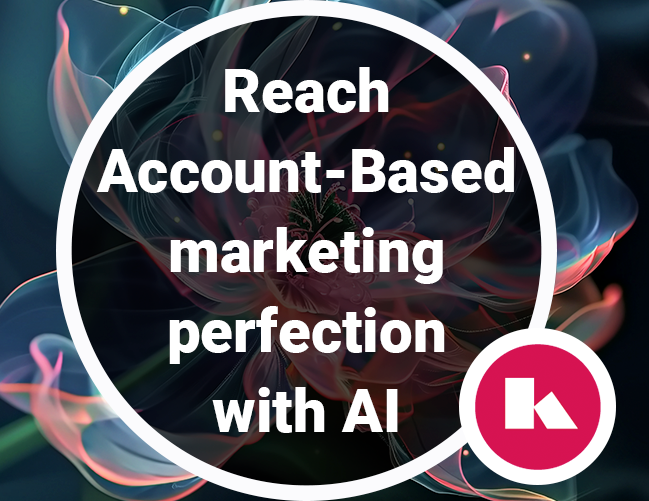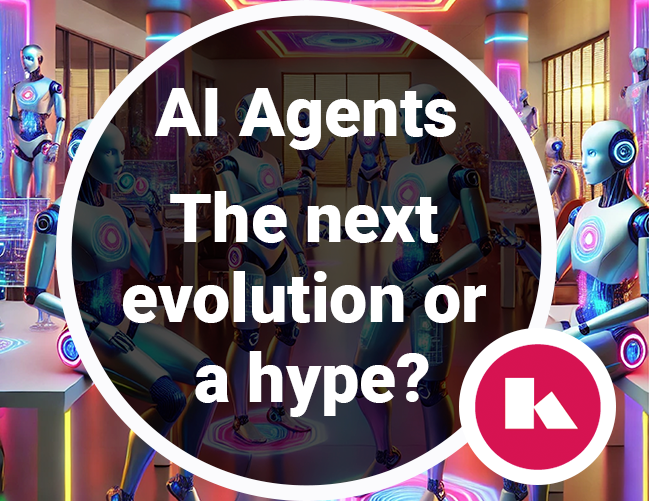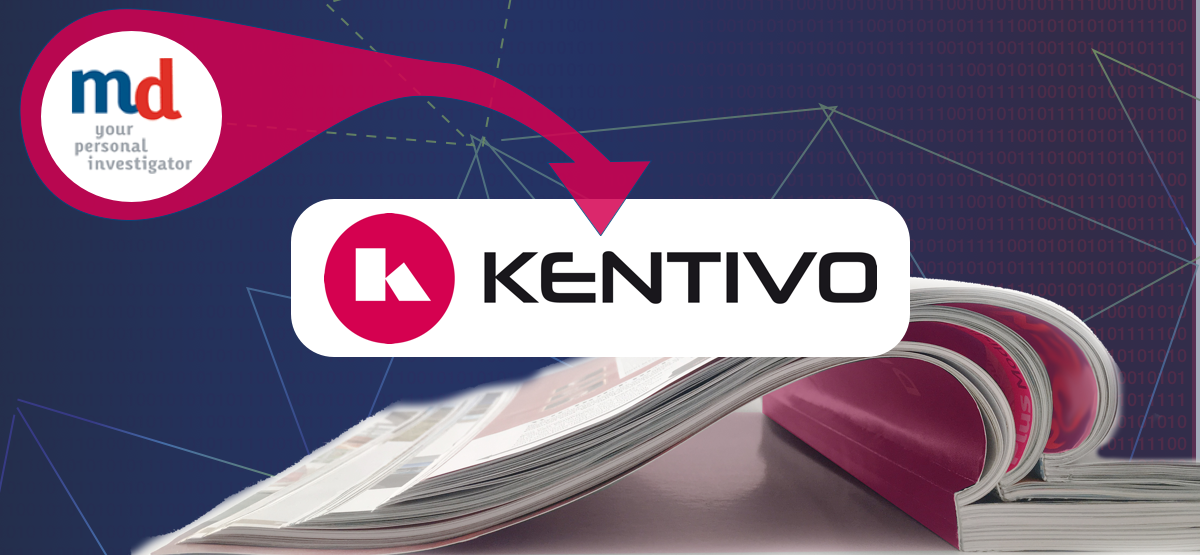Machine Learning Challenges
The three biggest B2B Machine Learning challenges and how to deal with them
Nowadays, there are a lot of great opportunities for Machine Learning (ML) solutions in the B2B market. Not only adding intelligence to sales channels but also performing your operations in a smarter way.

Combining the power of intelligent employees with smart technology allows your workforce to spend time on activities where their knowledge is really needed. ML can help to remove constraints in the human capacity to manage the data.
Examples, where ML can help you in your daily business operations, are:
Advanced warnings and preventive maintenance detection, Predicting price fluctuations, Detecting and analysing risks in deals and contracts, Provide indicators of poor quality of description or images in product catalogs, Effectively managing the portfolio of projects and their associated resources
However, putting ML into practice in a niche B2B environment presents some challenges. Innovative projects often start with a small dataset, which is usually the first big challenge.
3 Challenges
1. Small Datasets
How can we get the ML model to work with these small data sets? To handle small data sets, we must apply deterministic algorithms and manual correction to classify and analyze initial data. As the dataset grows, we can transition towards deterministic algorithms combined with machine learning models, and once enough data is available, we can then apply machine learning model-based analysis in full.
2. The large scope of data analysis
The second challenge is that in most of the projects, the scope of the data analysis is large, ranging from understanding natural language in the context of legal contracts to traffic prediction for delivery trucks. Thus, the range of machine learning models, algorithms, packages, and training data also varies.
To handle this in a production environment, it is key to have a way to monitor the quality of available training data and automatically trigger retraining. This would involve programmatically tracking how a specific machine learning model is applied and in which context, as well as how that model related to the data elements flows through the systems.
3. Training with the data
The last big challenge is that many stages of the process are done manually, including collating the data, selecting data for training, training of models, evaluation of trained model parameters, and transitioning towards full machine learning analysis. This is becoming a large cost factor in offering solutions as a service. The technical challenge is to track and manage data relations to train data sets that can be highly diverse and evolve considerably over the life-cycle of a solution.
To deal with this challenge, it is key to programmatically manage metadata associated with datasets, that will allow managing training datasets with minimum human oversight. Technically, it will need to address how to link/manage metadata at a granular level, in terms of new data, removed data, new models, as well as added models.
Our Solution: Genie
In order to address these challenges, Kentivo bases the solution on a management platform that incorporates the machine learning models in production, along with the training data. As such, we have build a platform for managing machine learning models associated with multiple production solutions, Genie.
A part of this is automating the entire process for an arbitrary range of machine learning models, including a seamless transition from deterministic algorithms to full AI analysis, and automatically and efficiently retraining – as well as deploying – when better quality models become available.
Recent Posts
Business

Reach Account-Based Marketing perfection with AI
While Account-Based Marketing (ABM) may appear to be a natural evolution of targeted marketing, there’s much more...
A.I.

AI Agents, the logical evolution that is hyped
Agents are the latest buzzword in AI, often positioned as the next evolution beyond Generative AI (GenAI). The concept...
Company

Kentivo Group acquires Media Digitaal B.V. (MDInfo)
The Kentivo Group of companies is delighted to announce the acquisition of MediaDigitaal B.V. in Amsterdam, The...
